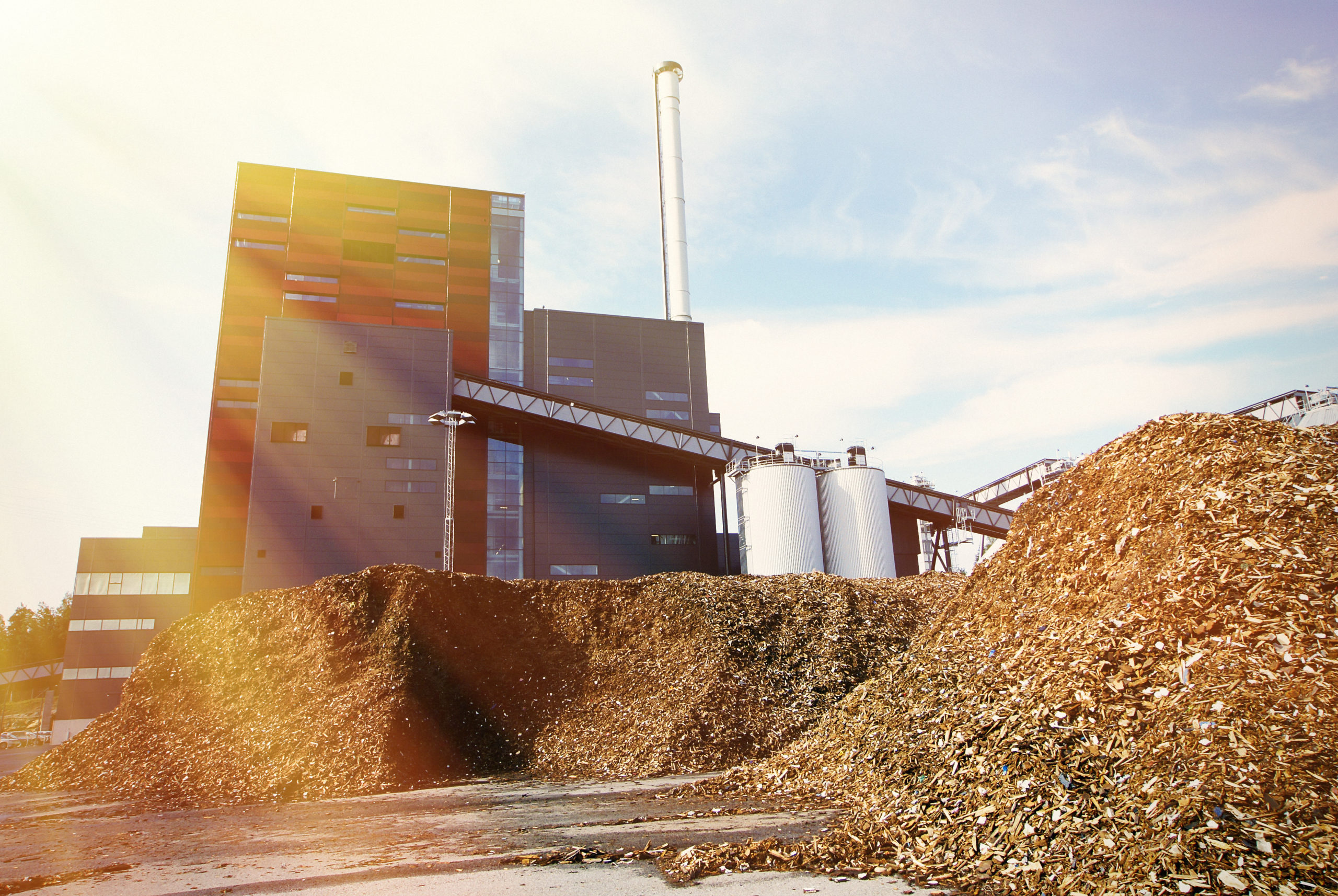The list of reasons why biomass producers, traders and energy generators need to innovate and digitalise is continuously growing. The challenges of managing lifecycle greenhouse gas emissions, varying national regulations for forestry certifications, political and public interest in biomass subsidies and energy market changes have all been exacerbated further by the disruption to demand, supply and working habits in 2020.
Gen10 have previously explored these sustainability challenges and market changes impacting biomass supply chains, but the good news is that commodity management technology can help your business address them in a number of different ways.
Challenges technology can solve
- Procurement
- Logistics and storage
- Traceability
- Compliance
- Risk
- Business agility
- Specific supply chain challenges
- Creating a unique advantage
Below, we provide a short overview of the issues technology can address and how it solves them, as well as resources to learn more about each.
Procurement
Use of procurement technology varies depending on supply chain position; energy generators are likely to use an ERP to manage operations and may use an ETRM to manage energy trading. Their suppliers may also use an ERP or accounting system alongside a CTRM to manage their procurement and contracts.
However, complex biomass requirements mean that these technologies do not always log and manage all the data needed for biomass procurement, such as net calorific values (NCV) and assays impacting burn rates (not to mention updating values after inspections), which can leave procurement teams using spreadsheets to manage their operations. Without centralised contract, counterparty and certificate management, the risk of costly mistakes in these areas is high.
Commodity management technology can add contract management to your existing systems and plug the procurement gap. Certificates can be uploaded and managed centrally, alongside central Know Your Counterparty (KYC) data for instant insight into approved counterparties and certifications. Input data is automatically used to create documents, simplify logistics and add controls, such as ensuring shipments are not processed without all mandatory documents. As well as building inspections into your automated workflows, you can update any assays after the inspection and recalculate all associated information with a click.
Explore the use of technology in biomass procurement in more detail in the free eBook Sustainability Management in Biomass Procurement
Logistics and storage
Biomass has a lower NCV and lower density than coal, meaning that a higher volume is needed for an equivalent energy output; adding to logistics pressures. There are also more storage challenges to consider; improper storage can lead to damp, impacting burn rates, and decomposition which can lower NCVs and risk dangerous CO2 build-up.
For trading firms, commodity management technology makes allocation simple, showing all available stock in a table or map and highlighting when assays or allocation quantities are outside tolerance. Data within the system is used to create multi-modal shipping and invoicing documents, with calendars populating tasks based on your shipment dates and controls to ensure all documents are included.
Generators need to maintain consistency and access to all assay and sustainability data for each shipment, as well as the ability to manage potential bottlenecks in their operations – all of which is made possible with commodity management technology.
Traceability and sustainability
From supplier audit apps to central due diligence and KYC reports within the CTRM, commodity management technology supports traceability and provenance at every stage. The CRM module within Gen10’s Contract.Manager and Commodity.Manager allow you to monitor key counterparty KPIs and certification in real-time as they change. All data is stored in a central single source of truth, giving all your teams access to the information they need to ensure traceability.
Allocation and logistics support automatically match purchase and sale contracts to ensure that traceability and sustainability data can be traced across your business and handed on to your customers. Calendars and central document storage reduce the risk of dates being missed and automated processing reduces the risk of copying errors, out of date information and operational risk.
Compliance
As with all commodities, compliance is essential. And because of the consumer and political interest in biomass, a breakdown in traceability or other compliance issues can cause lasting reputational damage and lost subsidies. Commodity management technology such as Gen10’s CommOS builds compliance into your automated workflows and the day-to-day activities of your people. It ensures that contracts cannot progress until compliance processes have been followed and gives your people an incentive to follow these digital processes by automating many of their repetitive administrative tasks.
Compliance workflows also free up your compliance team’s time to focus on activities that add more value to the business. Pre-approved text blocks are used to create documents and KPIs such as credit limits are updated live as things change so that traders have an instant view of counterparty approvals, saving time on discussions and repetitive tasks whilst improving compliance.
Risk
On top of all the operational risk controls listed above, commodity management technology can play a significant role in risk management. Because traders and operators are managing everything within the system, position reporting is truly live and updates as soon as actions are taken, meaning that hedging managers can work more accurately than ever before and risk managers have a complete overview at all times.
Risk reports can also help traders generate more value with what-if analysis, instant MTM and P&L reports and pricing that recalculates automatically as they input new scenarios. They can also check counterparty and credit risk KPIs for themselves using this live data. Financial settlement and other reports that rely on data sharing are also faster and more accurate with integrations that share data between systems, with no need to re-enter or copy information. These integrations can also include due diligence and supplier audit apps, which update your CRM with each counterparty’s results.
Because all actions are carried out digitally, the system stores a complete audit trail of every action undertaken for each contract, so compliance can be confirmed and regulators can be assured of your processes.
Explore Gen10’s risk management apps for each stage of the supply chain
Business agility
Recent disruptions have proven the importance of business agility – we all need the ability to respond quickly and effectively to new challenges as they arise. Technology helps businesses respond with greater agility by ensuring communication and collaboration between teams that have traditionally operated in silos. Having access to data that is both timely and accurate powers coordination between teams and enables swift, decisive action – all of which is essential for agility.
The impact of technology in powering this agility cannot be understated; clients who implemented Gen10 technology in 2020 are now better able to collaborate whilst working remotely than they had been previously when all working from the same location.
Solving specific problems
People who have implemented legacy E/CTRM systems in the past often expect modern technology implementations to be on a similar scale, taking years, causing widespread disruption and requiring a significant investment. This is no longer the case with modern, cloud-based software that can be implemented remotely in a matter of weeks to months. And commodity management apps can make this process even easier.
If there is a particular bottleneck in your operations or one team that is working offline, there are a wide range of commodity management apps that provide targeted solutions to the problem and integrate into your existing technology. This means the implementation is small-scale and straightforward, and your new technology integrates with the systems you are already using to add value to your current processes. And commodity management apps provide broader functionality than the traditional E/CTRM so can be used in cases you may not have expected.
Creating a unique advantage
With growing competition and a challenging environment, maintaining a competitive advantage is more important than ever, so it’s important to keep the processes and activities that make your business unique, whilst digitalising to make them more efficient.
Gen10 technology is designed to be as flexible and configurable as possible without custom development so that your solution fits your business. As well as the ability to manage and update your own pricing formulae, document settings and other aspects of automation, the workflows themselves can be set up to follow your own processes. Find out more about our platform philosophy and what it means for the biomass supply chain.
Commodity management technology supports all actors in biomass supply chains in different ways, depending on their position, existing technology and requirements. With so many benefits of implementing commodity management technology, now is the time to review the gaps and bottlenecks in your current operations and ask whether Gen10 can help you find a solution.



